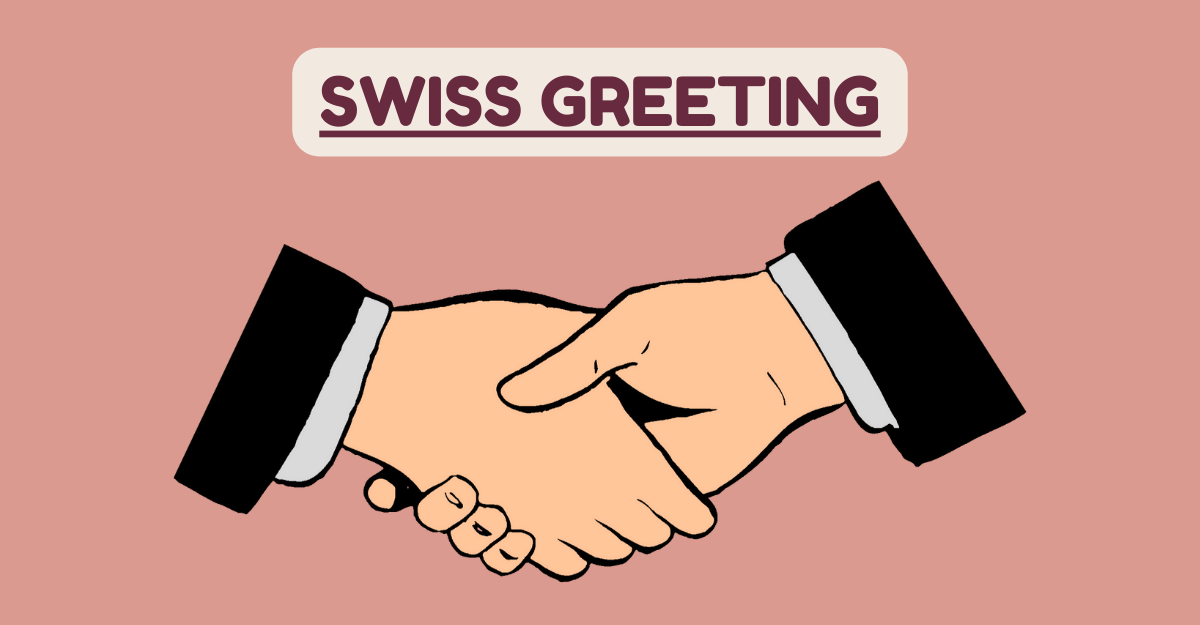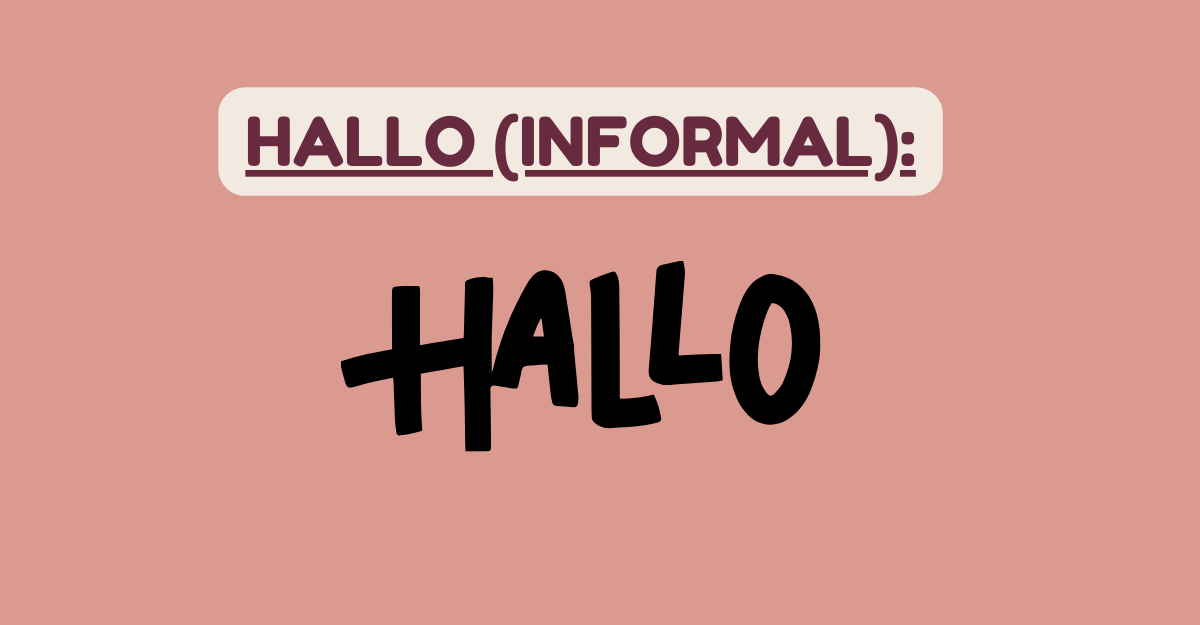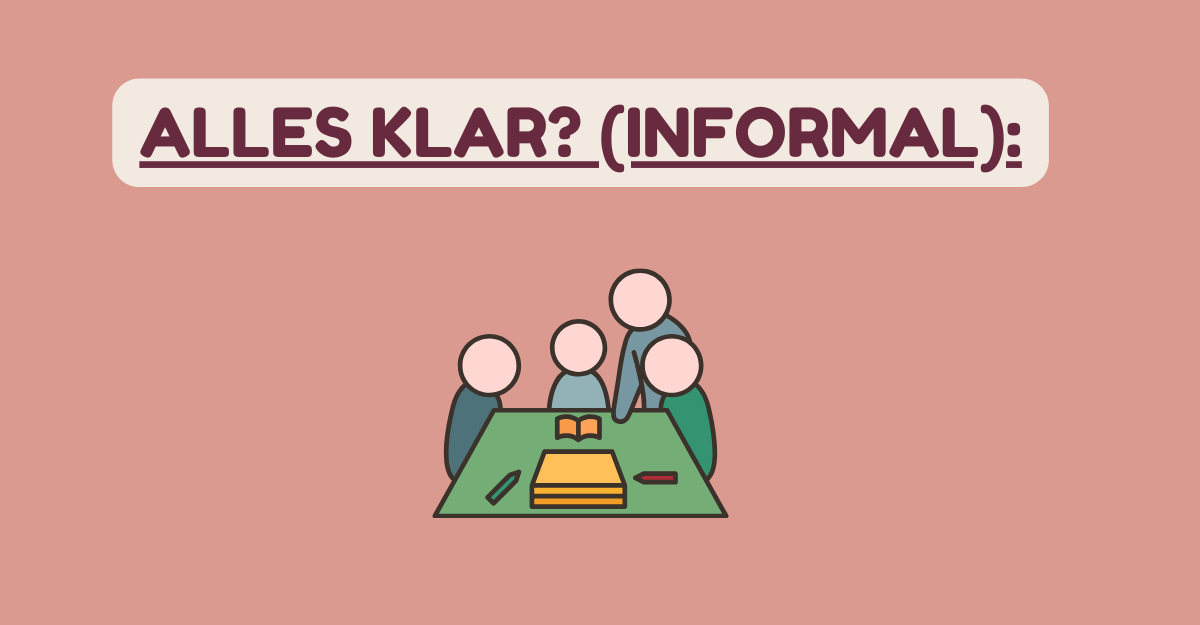
How to Say Hello in Switzerland?
In Switzerland, how you meet someone depends on their language and where they are from. Grüezi is the normal way to say hello in places where people speak German, like Zurich and Bern. In places where people speak French, like Geneva and Lausanne, you should say “Hello.” In Ticino, where people speak Italian, “Buongiorno” is used to say “hello.”
The variety of words and languages shows how culturally rich Switzerland is. It also shows how important it is to know the Swiss way of life when you’re talking to them. You should learn and use the right welcome for each part of Switzerland where people speak German, French, or Italian. This shows respect for the country’s language and cultural variety.
Getting to know the different ways people say “hello” in different parts of Switzerland can be a fun way for tourists to learn more about Swiss culture. Accepting these subtleties helps people from different backgrounds connect and understand each other, which is in line with Switzerland’s philosophy of “unity through diversity.”
German, Suisse Romande, French, and Italian are the four official languages of the country. Swiss German is spoken by a lot of people in the German-speaking parts of Switzerland, even though it is not an official language. The way you greet someone in Swiss German depends on where you are and what you’re talking about. We’ll go over all the different ways to say hello in Swiss German, as well as popular words and rules of behavior.

Hello in Switzerland
There are several ways to say hello, depending on the region and the language spoken. Here are some common ways to greet someone in Switzerland:
- German-Speaking Regions:
- In German-speaking regions like Zurich, Basel, and Bern, the most common greeting is “Grüezi” (pronounced groo-eh-tsee), which is used in both formal and informal settings.
- French-Speaking Regions:
- In French-speaking regions like Geneva, Lausanne, and Neuchâtel, people typically greet each other with “Bonjour” (pronounced bohn-zhoor), which means “good day” or “hello.”
- Italian-Speaking Regions:
- In Italian-speaking regions like Ticino, the standard greeting is “Buongiorno” (pronounced bwon-jor-noh), meaning “good morning” or “good day.”
- Romansh-Speaking Regions:
- In Romansh-speaking areas like Grisons (Graubünden), people may use the traditional greeting “Allegra” (pronounced ah-leh-grah), which means “hello” or “welcome.”
- Informal Greetings:
- In informal settings, people may use casual greetings like “Hoi” (pronounced hoy) or “Salü” (pronounced sah-loo), which are informal versions of “hello” used among friends and peers.
- English Greetings:
- English greetings such as “hi” and “hello” are also commonly understood and used, especially in urban areas and among younger generations.
- Swiss French Variations:
- In some Swiss French-speaking regions, you may also hear greetings like “Salut” (pronounced sah-loo), which is an informal way of saying “hi” or “hey.”
- Swiss Italian Variations:
- Similarly, in Swiss Italian-speaking areas, you might encounter greetings like “Ciao” (pronounced chow), which is a casual way of saying “hello” or “goodbye.”
How to Say Hello in Switzerland?
Remember that the appropriate greeting may vary depending on the context and the relationship between the people involved. When in doubt, it’s always a good idea to follow the lead of the person you’re greeting and mirror their choice of greeting.
1. Grüezi (formal):
- Grüezi is the most common and formal way to say hello in Swiss German. It is used in both formal and informal settings and is suitable for greeting people of all ages.
2. Hoi (informal):
- Hoi is a casual and informal greeting commonly used among friends, family, and peers. It is equivalent to saying “hi” in English.
3. Guten Tag (formal):
- Guten Tag means “good day” in Swiss German and is used in formal or professional contexts when addressing someone you don’t know well.
4. Hallo (informal):
- Hallo is a universal greeting understood in Swiss German, as well as other languages. It is suitable for both formal and informal situations.
5. Guete Morge (good morning):
- Guete Morge is used to greet someone in the morning and translates to “good morning” in English.
6. Guete Namitag (good afternoon):
- Guete Namitag is used to greet someone in the afternoon and translates to “good afternoon” in English.
7. Guete Abe (good evening):

Guete Abe (good evening)
- Guete Abe is used to greet someone in the evening and translates to “good evening” in English.
8. Wie gaht’s? (informal):
- Wie gaht’s is a casual way to ask “how are you?” in Swiss German and is commonly used among friends and acquaintances.
9. Alles klar? (informal):

Alles klar? (informal)
- Alles klar is another informal way to ask “how are you?” in Swiss German, with a literal translation of “everything clear?”
10. Sali (informal):
- Sali is a friendly and informal greeting commonly used among peers and acquaintances.
Tips for Using Swiss German Greetings:
- Consider the Context:
- Choose the appropriate greeting based on the formality of the situation and your relationship with the person you are greeting.
- Learn Regional Variations:
- Swiss German greetings can vary depending on the region of Switzerland. Be open to learning different variations based on where you are.
- Use Body Language:
- Pair your greeting with a smile and appropriate body language to convey warmth and friendliness.
- Practice Pronunciation:
- Pay attention to pronunciation when learning Swiss German greetings to ensure clear communication.
- Be Respectful:
- Use formal greetings like Grüezi or Guten Tag when addressing older individuals or those in positions of authority.
FAQs about Swiss German Greetings:
Is Swiss German a separate language?
Swiss German is a dialect of German spoken in Switzerland, characterized by unique vocabulary, pronunciation, and grammar.
Can I use standard German greetings in Switzerland?
Yes, standard German greetings like Hallo and Guten Tag are widely understood in Switzerland, but using Swiss German greetings can enhance cultural connection.
Are there any regional variations in Swiss German greetings?
Yes, Swiss German greetings can vary by region, with different dialects and expressions used in various parts of Switzerland.
When is it appropriate to use formal greetings like Grüezi or Guten Tag?
Formal greetings are suitable for professional settings, when meeting someone for the first time, or when addressing elders or authority figures.
How do I respond to Swiss German greetings?
You can respond with the same greeting or with a suitable reply such as Grüezi or Hallo.
Are there any gestures associated with Swiss German greetings?
Handshakes are common when greeting someone in a formal or professional setting, while informal greetings may be accompanied by a nod or smile.
Can I use Swiss German greetings in other German-speaking countries?
While Swiss German greetings may be understood in other German-speaking countries, it’s best to use standard German greetings when in Germany or Austria.
Are there any online resources for learning Swiss German greetings?
Yes, there are many online resources, language apps, and courses available for learning Swiss German greetings and phrases.
Do people in Switzerland appreciate foreigners using Swiss German greetings?
Yes, using Swiss German greetings can show respect for the local culture and language, and many Swiss people appreciate the effort.
Is it common to use English greetings in Switzerland?
Yes, English greetings like “hi” and “hello” are commonly understood, especially in urban areas and tourist destinations.
How to say hello in Switzerland?
How people say hello in Switzerland depends on where they live and what language they speak. In places where people understand German, you might say “Guten Tag” or “Grüezi” to say hello. In places where people speak French, the standard greeting is Bonjour. In places where people speak Italian, the standard greeting is Buongiorno. It is important to be aware of the different languages spoken in Switzerland and to greet people in the right way.
Conclusion:
Learning how to say hello in Swiss German can help you connect with people there more deeply and give you a better sense of the culture. If you know how to properly greet people in Swiss German and are aware of how things are different in different regions, you can go about your social life with ease and respect for the language and traditions of the people you meet.





